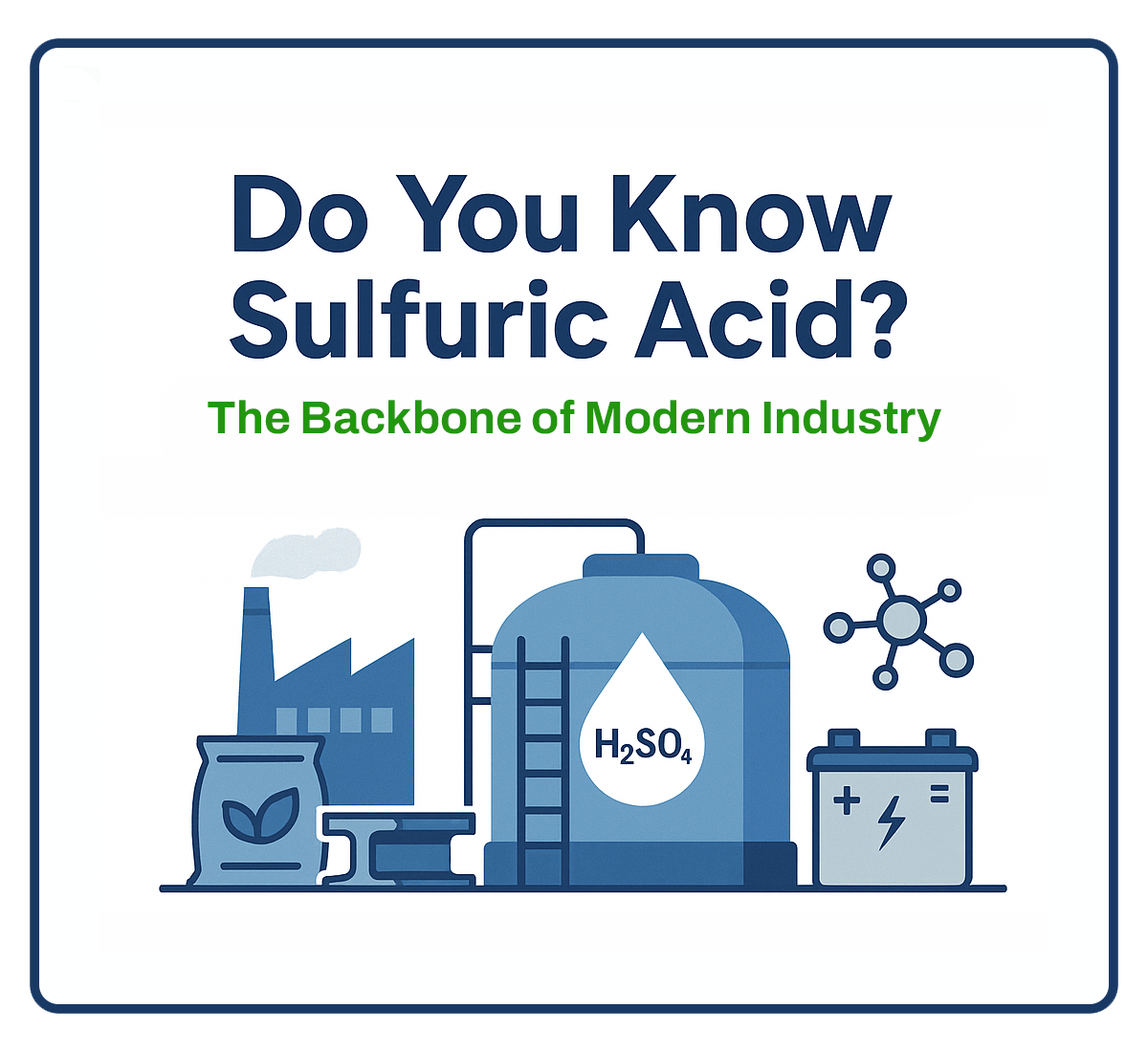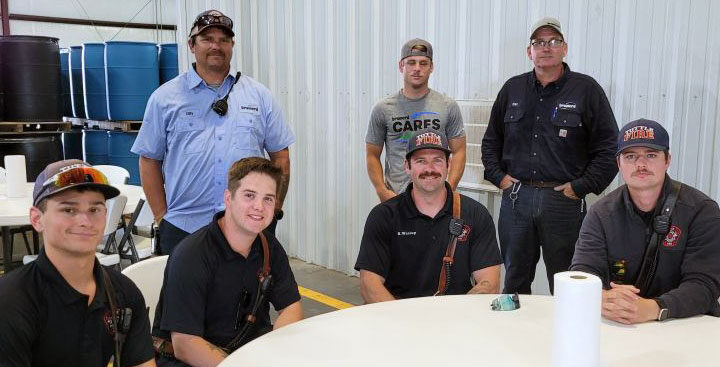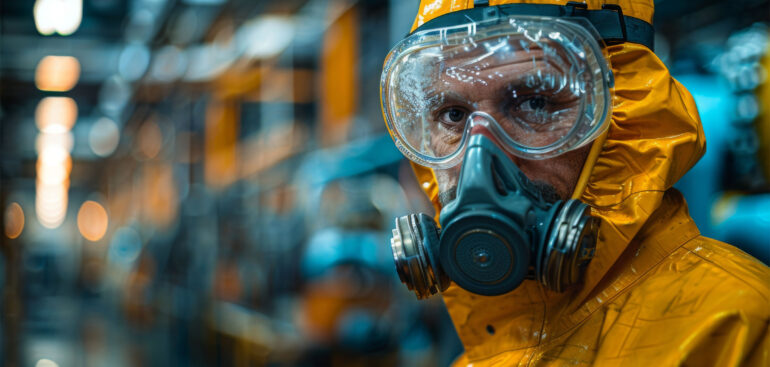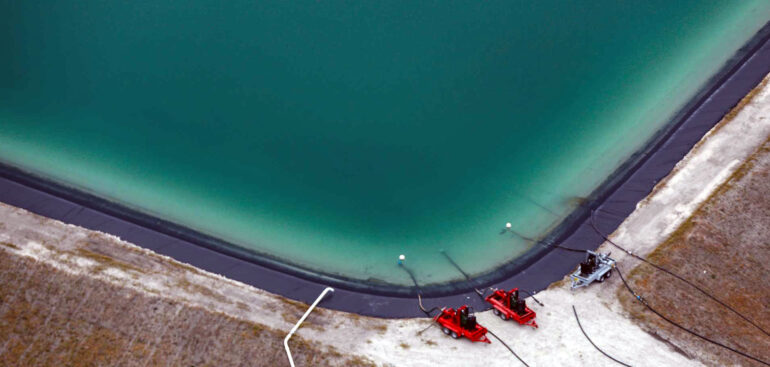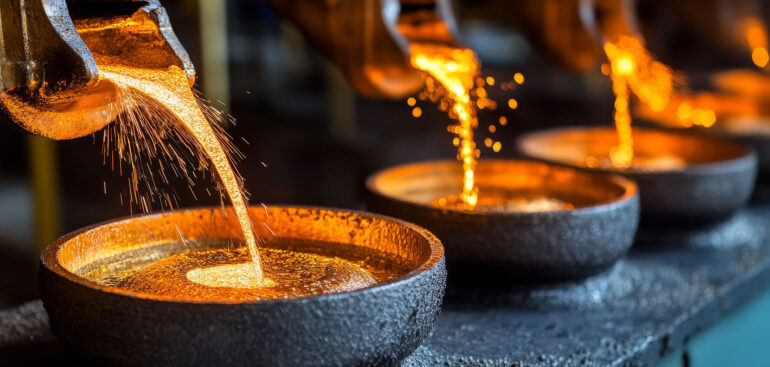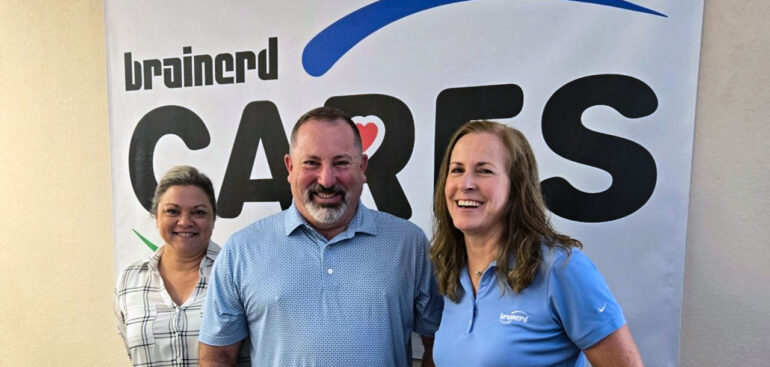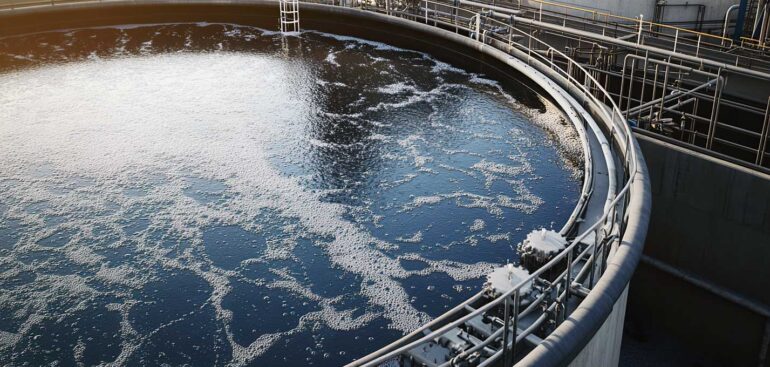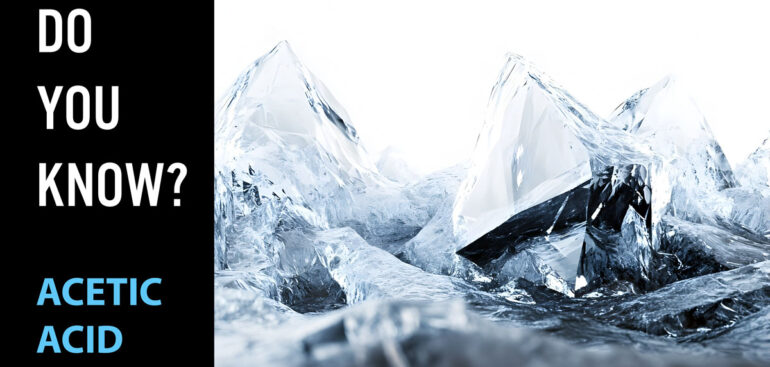Brief: Our customers rely on Brainerd Chemical not just for specialty and commodity chemicals, but for the confidence that comes with true partnership. Backed by a strong safety culture, certified products, sustainable solutions, and a hybrid distribution network, Brainerd delivers more than compliance. We provide nationwide logistics and technical expertise that give our partners a clear business advantage.
Forward-thinking companies recognize that compliance is just the starting point. True stewardship comes when suppliers are more than vendors — when they stand beside customers as partners in safety, reliability, and responsible growth.
Safety is more than a box to be checked. It should be the foundation of every decision — from product offerings and packaging design to logistics, sustainability, and customer collaboration.
The cultural mindset that safety is an operational imperative distinguishes Brainerd from our competitors and positions the company as one of North America’s most trusted chemical partners.
Stewardship
Brainerd Chemical is not only a distributor but also a recognized industry thought leader. Through its involvement with organizations such as the Alliance for Chemical Distribution (ACD) and participation in national safety and stewardship initiatives, Brainerd has helped shape best practices across the industry.
“Stewardship is more than meeting today’s standard — it’s about improving tomorrow’s. At Brainerd Chemical, we see it as our responsibility to deliver chemicals in a way that protects our employees, our customers, and our communities.
– Mat Brainerd, Chairman, Brainerd Chemical Company
This leadership translates into customer value. Brainerd’s experts engage with regulators, engineers, and purchasing managers to anticipate emerging trends, align with evolving standards, and deliver proactive solutions. For customers, this means having a partner that helps keep them compliant today and proactively prepared for the challenges of tomorrow.
Safety as Culture, Not Checklist
For Brainerd Chemical, safety extends beyond compliance. It is embedded in training, stewardship initiatives, facility tours, and packaging design. Employees are empowered to prioritize safety, and customers benefit from a partner who takes responsibility for minimizing risk across the supply chain.
- Employee Training: Continuous education ensures workers handle hazardous materials with expertise and vigilance.
- Stewardship Programs: Regular facility tours and customer site visits reinforce best practices.
- Risk Management: Packaging and transport innovations minimize exposure risks at every stage.
You can trust that when buying from Brainerd, you are choosing a partner that cares as much about safety as you do.
Customer-Focused Innovation
The best suppliers do not simply react to customer needs; they anticipate them. Brainerd Chemical invests in customer-focused innovation, developing solutions that align with evolving industry demands.
- Custom Packaging: Designing containers and connections that reduce spills and exposure.
- Digital Tools: Streamlining documentation, labeling, and compliance reporting for easier integration into customer systems.
- Technical Consultation: Providing guidance on application-specific questions, from corrosion control to water treatment efficiency.
This proactive approach transforms Brainerd from a supplier into a true extension of the customer’s team.
Sustainable by Design
Modern manufacturing operates under growing scrutiny for its environmental, social, and governance (ESG) performance. Customers, regulators, and investors are demanding safer, cleaner, and more sustainable operations.
Brainerd Chemical supports these objectives with a safe and sustainable design approach:
- GFSI Certification: Ensuring sulfuric acid products under 80% concentration meet global food safety standards.
- Greener Chemistries: Expanding the use of peracetic acid, eutectic solvents, and other lower-impact alternatives.
- Packaging Innovation: Designing container systems that reduce exposure and minimize environmental risks.
- Transparency & Traceability: Providing documentation that simplifies customer audits and ESG reporting.
These measures mean safer operations, easier compliance, and more consistent alignment with corporate sustainability goals.
Brainerd Chemical’s Comprehensive Product Portfolio
Manufacturers across sectors depend on access to a diverse chemical portfolio. Brainerd Chemical supports virtually every corner of industrial and specialty manufacturing through a robust, diversified product portfolio. Rather than offering just a few commodity chemicals, Brainerd delivers not only core acids and bases but also blends, reagents, specialty solvents, and food-grade chemistries — all under one roof. Here’s how those offerings break down:
Core Acids & Corrosion / Material Treatment
- Nitric Acid (98+ %) — a powerful oxidizer essential for metallurgical processes, etching, and surface treatments in powder metals and ceramic industries.
- Sulfuric Acid (1-93 %) — one of the most widely used industrial chemicals, critical in fertilizer manufacture, oil refining, and pH control in water treatment. Importantly, Brainerd certifies all sulfuric acid below 80 % as GFSI-certified for food contact.
- Hydrochloric Acid (HCl) — a general-purpose strong acid for cleaning, pickling, pH adjustment, and other industrial uses.
- Hydrofluoric Acid (49 %, 70 %) — used in the semiconductor, glass, and specialty etching industries for its ability to etch silicon dioxide and complex materials.
- Phosphoric Acid (75 % FG) — food-grade and industrial-grade phosphoric acid for fertilizer, food processing, and cleaning applications.
Bases, Oxidizers & Disinfectants
- Sodium Hydroxide (Caustic) and Caustic Blends — fundamental alkali reagents used for pH adjustment, neutralization, and chemical processing in many industries.
- Sodium Hypochlorite (12.5 %) — a mainstream disinfectant and bleach solution for water treatment and sanitation.
- Hydrogen Peroxide (1-50 %) — a strong oxidizer and disinfectant, often used in water treatment, pulp & paper, and chemical synthesis.
- Peracetic Acid (PAA) — a high-performance biocide and sanitizer widely used in food processing, energy, water treatment, and industrial hygiene.
Specialty & Reagent Chemicals
- Formaldehyde — Brainerd is proud to hold an exclusive EPA registration for formaldehyde, making it a unique source in the market.
- Citric Acid (50 %) — a mild organic acid used in food processing, chelation, cleaning, and pH control applications.
- Glycols — ethylene glycol, propylene glycol, or other glycols used as antifreezes, heat transfer fluids, or solvents.
- Isopropyl Alcohol & Methanol — common industrial solvents and cleaning agents.
- Toluene — an aromatic hydrocarbon solvent used in many chemical processes and formulations.
- Mixed Acids — custom blends of acids to suit specific process requirements or corrosion control formulations.
- Solvents — a broader category of specialty and general-purpose solvents for industrial and formulation use.
Brainerd’s portfolio spans the full spectrum of industrial and specialty chemistries — from strong acids and bases to disinfectants, solvents, reagents, and custom blends. This breadth allows purchasing agents and specifying engineers to simplify their supply chain and rely on a single partner for many of their critical chemical needs.
Safe, Redundant and Reliable Supply Logistics
Reliable logistics capabilities are essential to your success. Brainerd Chemical’s hybrid distribution network is designed to ensure that critical materials reach you safely, consistently, and on time.
- Nationwide Reach: With strategically located facilities in Oklahoma, North Carolina, Delaware, Georgia, and beyond, Brainerd delivers coast-to-coast coverage.
- Multi-Modal Logistics: A combination of rail, truck, and common carrier partnerships provides flexibility and resilience against regional disruptions.
- On-Site Storage & Blending: Facilities equipped with blending and packaging capabilities ensure rapid response to custom specifications.
- Just-In-Time Manufacturing: Reduces storage costs, waste, and degradation risk while keeping your supply chain efficiently aligned with your production demands.
- DOT-Approved Packaging: Specialized solutions — including Brainerd’s exclusive U.S. Department of Transportation Special Permit for concentrated nitric acid drums — set new standards for safety and accessibility.
This distribution network reduces risk for manufacturers whose production depends on uninterrupted supply. When delays or shortages can cost millions, Brainerd’s ability to safely deliver on-time becomes a competitive advantage.
What Makes Brainerd Chemical a Better Choice
In a crowded marketplace, Brainerd Chemical Company distinguishes itself through a combination of exclusive capabilities, technical expertise, and outstanding customer service:
- Exclusive Capabilities: Brainerd’s DOT Special Permit enables drums of concentrated nitric acid to be shipped on traditional carriers, a rare capability in North America. This packaging design minimizes human contact during use, reducing risk for workers.
- Comprehensive Solutions: From bulk tank shipments to packaged drums and custom blends, Brainerd delivers flexibility tailored to each customer’s operational model.
- Technical Expertise: A team of specialists provides application-specific insights, ensuring that customers choose the right concentration, blend, and packaging for their processes.
- Customer Service: Brainerd operates with a partnership mindset, focusing on safety, stewardship, and performance rather than simple transactions.
This combination of unique solutions, deep expertise, and customer-first service makes Brainerd Chemical a better choice for those seeking reliability and risk mitigation.
Choosing Partnership for a Safer Future
In competitive manufacturing markets, the choice of chemical supplier can make the difference between meeting targets and missing deadlines, between passing an audit and facing penalties, between protecting workers and exposing them to risk.
Brainerd Chemical delivers that strategic advantage through a comprehensive product portfolio, resilient logistics, certified stewardship, and innovative capabilities that reduce risk and add value. This gives you the strategic advantage of knowing that essential chemicals arrive safely, on time, and tailored to your needs. Brainerd offers true partnership — with fewer supply chain worries, stronger compliance support, and greater operational confidence.
About Brainerd Chemical Company
Brainerd Chemical Company is one of the nation’s leading chemical manufacturers and distributors, supporting industries from energy and agriculture to water treatment and manufacturing. We combine proven expertise with innovative packaging, logistics, and service solutions to help our partners achieve efficiency, safety, and long-term success.



